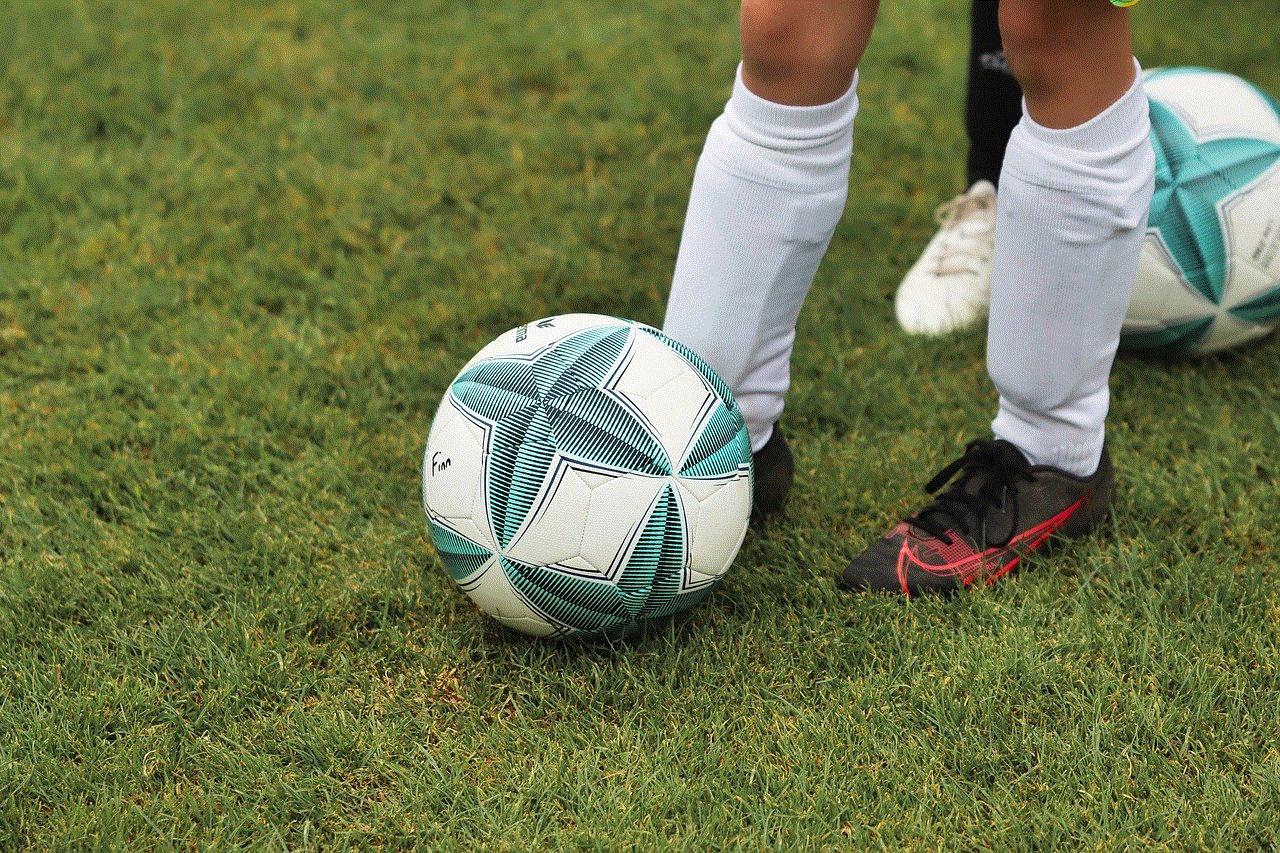what is the difference between discipline and punishment
Discipline and punishment are two words that are often used interchangeably, but they have very different meanings and approaches when it comes to managing behavior. While both are used to correct undesirable actions, the intentions and outcomes of discipline and punishment are vastly different. In this article, we will explore the differences between discipline and punishment, and why it is important to understand these distinctions in order to effectively manage behavior.
Discipline can be defined as a method of teaching and guiding individuals to behave in a certain way. It is a proactive approach that focuses on preventing undesirable behaviors from occurring in the first place. Discipline involves setting clear rules and expectations, and providing consistent consequences for both positive and negative behaviors. The goal of discipline is to promote self-control, responsibility, and respect for authority.
On the other hand, punishment is a reactive approach that involves using negative consequences to deter unwanted behaviors. It focuses on correcting behaviors that have already occurred by using fear, force, or coercion. Punishment is often used as a last resort when other methods of discipline have failed. The goal of punishment is to stop the undesirable behavior from happening again, but it does not necessarily teach the individual how to behave appropriately in the future.
One of the main differences between discipline and punishment is their underlying principles. Discipline is based on the principles of mutual respect, communication, and positive reinforcement. It focuses on building a positive relationship between the individual and the person in authority. Punishment, on the other hand, is based on the principles of fear, power, and control. It often creates a negative and hostile relationship between the individual and the person administering the punishment.
Discipline also takes into account the individual’s emotions and needs, while punishment does not. When using discipline, the individual is given the opportunity to express their feelings and needs, and the consequences are tailored to address these underlying issues. Punishment, on the other hand, disregards the individual’s emotions and needs, and instead focuses on using fear to change behavior.
Moreover, discipline and punishment also differ in their long-term effects. Discipline aims to teach individuals how to behave appropriately in the future, and promotes self-discipline and self-control. It helps to build a sense of responsibility and accountability in individuals, as they understand the reasons behind the rules and consequences. Punishment, on the other hand, only addresses the immediate behavior and does not promote long-term changes. It can lead to resentment, rebellion, and a lack of understanding of why the behavior was wrong in the first place.
Another important difference between discipline and punishment is the role of the individual in the process. With discipline, the individual is an active participant in their own behavior modification. They are given the opportunity to reflect on their actions, take responsibility, and learn from their mistakes. This involvement helps to develop critical thinking skills and promotes self-awareness. Punishment, on the other hand, takes away the individual’s agency and forces them to comply with the rules without understanding the reasons behind them.
Furthermore, discipline and punishment also differ in their impact on relationships. Discipline helps to build positive relationships between individuals, as it focuses on communication, mutual respect, and understanding. It creates a safe and supportive environment where individuals feel valued and understood. Punishment, on the other hand, can damage relationships and create a sense of resentment and hostility. It can damage trust and respect between individuals, and lead to a breakdown in communication.
It is also important to note that discipline and punishment can have different effects on different individuals. While some individuals may respond positively to discipline, others may not. Similarly, some individuals may be more affected by punishment than others. It is crucial to consider an individual’s personality, background, and emotional needs when choosing an approach to managing their behavior.
Additionally, discipline and punishment also differ in their methods. Discipline involves using positive reinforcement, such as praise, rewards, and privileges, to encourage desirable behaviors. It also involves setting clear rules and expectations, and providing consistent consequences for both positive and negative behaviors. Punishment, on the other hand, involves using negative consequences, such as scolding, physical punishment, or removal of privileges, to discourage undesirable behaviors. It also often involves imposing harsher consequences for repeated or severe behaviors.
Moreover, discipline and punishment also differ in their timing. Discipline is a continuous process that focuses on preventing undesirable behaviors from occurring in the first place. It involves teaching and modeling appropriate behaviors, and reinforcing them consistently. Punishment, on the other hand, is usually used as a last resort after the undesirable behavior has already occurred. It is a reactive approach that does not take into account the individual’s behavior before the incident.
In addition to these differences, it is also important to note that discipline and punishment can have different cultural implications. In some cultures, punishment is seen as a necessary and effective means of behavior management, while in others it is seen as harmful and ineffective. Similarly, the concept of discipline can vary across cultures, with some placing a greater emphasis on individual responsibility and self-control, while others focus on the role of authority figures in maintaining discipline.
It is evident that discipline and punishment have significant differences in their approaches, principles, outcomes, and methods. While discipline focuses on teaching and guiding individuals to behave appropriately, punishment aims to deter unwanted behaviors through negative consequences. Discipline promotes self-discipline, positive relationships, and long-term changes, while punishment may lead to resentment, rebellion, and a lack of understanding. It is important to understand these differences in order to effectively manage behavior and promote positive and healthy relationships.
emo look girl
The evolution of the “emo look girl” began in the early 2000s and quickly gained popularity among teenagers and young adults. It was a style that was heavily influenced by the emotional and expressive nature of the emo music genre, which was characterized by its raw and vulnerable lyrics. The emo look girl was a unique blend of alternative and punk styles, with a touch of gothic and grunge influences. It was a style that allowed girls to express their individuality and inner emotions through their appearance, making it more than just a fashion trend.
The emo look girl was all about self-expression and rebellion against mainstream beauty standards. The typical emo girl would have long, choppy layers of hair dyed in various shades of black, red, or neon colors. They would often have a side-swept fringe covering one eye, giving them a mysterious and brooding look. The hair was usually styled in a messy and unkempt way, adding to the overall edginess of the look.
Black eyeliner was a staple for the emo look girl, with thick, dramatic wings and a smudged lower lash line. This was often paired with dark eyeshadows in shades of black, grey, or purple. The aim was to create a dark and intense look, reminiscent of the emotions portrayed in emo music. Some girls even went a step further and added fake tears or heart-shaped drawings under their eyes to convey a sense of sadness and vulnerability.
The emo look girl also incorporated elements of punk fashion, with skinny jeans being a must-have item. These jeans were often ripped, distressed, or adorned with studs and safety pins. They were paired with band t-shirts, hoodies, and oversized sweaters, all in dark colors and featuring band logos or emo-inspired graphics. Converse and Vans sneakers were the go-to footwear, completing the alternative and rebellious look.
Accessories played a significant role in the emo look girl’s style. Chokers, studded belts, and wristbands were all popular choices, adding to the punk and gothic influence. The more accessories, the better, as they were seen as a way to express one’s individuality and personal style. Some girls even opted for facial piercings, such as nose rings or lip rings, to add an edgy touch to their look.
As the emo look girl gained popularity, it also faced criticism and backlash. Many saw it as a way for young girls to rebel and seek attention, rather than a genuine expression of emotions. There were also concerns about the dark and melancholic nature of the style, which some believed could have a negative impact on impressionable young minds. However, for those who embraced the emo look, it was a way to find a sense of community and belonging among like-minded individuals.
The emo look girl was not just a fashion trend; it was a lifestyle. It was not uncommon to see girls with tattoos, expressing their love for their favorite bands or lyrics. Many also found solace in writing poetry or creating art, often inspired by the emotional lyrics of their favorite emo songs. The emo community also had a strong online presence, with forums and social media groups dedicated to discussing music, fashion, and their shared experiences.
Despite the criticism, the emo look girl continued to evolve and gain popularity in the mid-2000s. It even found its way into the mainstream, with popular celebrities and influencers adopting elements of the style. However, as with any trend, it eventually faded, and by the late 2000s, the emo look girl was no longer as prevalent as it once was.
But, just like the music genre it was inspired by, the emo look girl never truly disappeared. It continued to influence fashion and music, with elements of the style being incorporated into different trends over the years. In recent years, there has been a resurgence of the emo look, with many young girls embracing the style and making it their own.
The modern version of the emo look girl is more diverse and inclusive, with girls of all backgrounds and styles embracing the elements of the trend. The hair is no longer limited to just black and neon colors; pastel shades have become a popular choice, adding a softer and more playful touch to the look. The makeup has also evolved, with some girls opting for a more natural and subtle approach, while others still embrace the bold and dramatic style of the early 2000s.
The fashion has also evolved, with a mix of vintage and modern pieces being incorporated into the style. High-waisted mom jeans, plaid skirts, and crop tops have become popular choices, giving the emo look girl a more retro and nostalgic feel. However, the core elements of the trend remain the same – self-expression, individuality, and a sense of community.
In conclusion, the emo look girl was more than just a fashion trend; it was a movement that allowed girls to express their emotions and individuality through their appearance. It was a style that brought together music, fashion, and a sense of belonging, creating a unique and powerful subculture. While its popularity may have faded, the emo look girl continues to inspire and evolve, proving that true self-expression knows no boundaries.
apps to track kids
As a parent, keeping track of your child’s activities and whereabouts can be a daunting task. With the advancement of technology, there are now numerous apps available that claim to help parents track their kids. However, not all of these apps are created equal and it can be overwhelming to choose the right one. In this article, we will delve into the world of apps designed to track kids and provide an in-depth analysis of their features, pros, and cons.
1. What are apps to track kids?
Apps to track kids are mobile applications that use GPS technology to monitor a child’s location and send real-time updates to their parents. These apps are designed to give parents peace of mind and help them keep track of their child’s activities and whereabouts, especially when they are not physically present with them. Some of these apps also come with additional features like setting geofences, monitoring social media activities, and tracking internet usage.
2. Why do parents need apps to track kids?
With today’s fast-paced lifestyle, it is not always possible for parents to be physically present with their children. This can be a cause of worry for many parents, especially when their child is out of sight. Apps to track kids provide a sense of security for parents as they can monitor their child’s location in real-time and ensure their safety. These apps can also be useful in situations like a child getting lost or in an emergency.
3. Types of apps to track kids



There are various types of apps available in the market that claim to help parents track their kids. Some of the most common ones include:
a. GPS tracking apps – These apps use GPS technology to track a child’s location in real-time and send updates to their parents.
b. Social media monitoring apps – These apps allow parents to monitor their child’s social media activities and keep track of their online interactions.
c. Internet usage tracking apps – These apps help parents keep track of their child’s internet usage and restrict access to inappropriate websites.
d. Geofencing apps – These apps allow parents to set virtual boundaries or geofences and receive alerts when their child enters or leaves a designated area.
4. Popular apps to track kids
Let’s take a look at some of the most popular apps to track kids available in the market:
a. Life360 – This app uses GPS technology to track a child’s location, set geofences, and send alerts to parents. It also comes with features like crash detection and emergency assistance.
b. MamaBear – This app offers location tracking, social media monitoring, and alerts for speed and driving behavior. It also has a panic button feature for emergencies.
c. Find My Kids – This app allows parents to see their child’s location in real-time, set geofences, and receive alerts when their child arrives or leaves a designated area. It also has a chat feature for easy communication.
d. Glympse – This app allows parents to share their location with their child and vice versa. It also has a feature to share location with friends and family in case of an emergency.
5. Pros of using apps to track kids
a. Peace of mind – Perhaps the biggest advantage of using these apps is the peace of mind they provide to parents. Knowing their child’s whereabouts can help parents feel more secure and relaxed.
b. Real-time updates – Most tracking apps provide real-time updates, which can be helpful in emergency situations or when a child is lost.
c. Additional features – Many apps come with additional features like social media monitoring and internet usage tracking, which can help parents keep an eye on their child’s digital activities.
d. Easy communication – Some apps come with a chat feature that allows parents to communicate with their child easily, without having to make a phone call.
6. Cons of using apps to track kids



a. Invasion of privacy – One of the biggest concerns with tracking apps is the invasion of privacy. Children may feel like their every move is being monitored, which can affect their sense of freedom and independence.
b. False sense of security – While these apps can provide a sense of security to parents, they should not be solely relied upon. Children may turn off their location or leave their phone behind, making the tracking inaccurate.
c. Dependence on technology – Constantly relying on technology to keep track of children can make parents complacent and neglectful of their own responsibilities.
7. Factors to consider when choosing an app to track kids
a. Accuracy – The app should provide accurate location updates to ensure the child’s safety.
b. User-friendliness – The app should be easy to use, with a simple interface for parents and children.
c. Additional features – Depending on your needs, consider the additional features offered by the app and if they are useful to you.
d. Cost – Most tracking apps come with a subscription fee, so consider your budget before choosing one.
8. Tips for using apps to track kids effectively
a. Set boundaries – Discuss the use of the tracking app with your child and set boundaries to avoid any conflicts or invasion of privacy.
b. Use it as a tool, not a replacement – These apps should be used as a tool to supplement good parenting, not as a replacement for it.
c. Be mindful of your child’s age and maturity – Younger children may not understand the concept of privacy and may need more restrictions, while older children may require more independence and trust.
d. Regularly check in with your child – A tracking app should not be used as a replacement for communication. Regularly check in with your child and discuss any concerns you may have.
9. Potential concerns with apps to track kids
a. False sense of security – As mentioned earlier, relying solely on a tracking app can give parents a false sense of security, leading them to neglect their parental duties.
b. Overdependence on technology – Children may become too dependent on technology to keep track of their whereabouts, leading to a lack of responsibility and independence.
c. Negative impact on the parent-child relationship – Constantly tracking a child’s every move can lead to a strained relationship as it can be perceived as a lack of trust.



10. Conclusion
In conclusion, apps to track kids can be a useful tool for parents to ensure their child’s safety and keep track of their activities. However, they should not be solely relied upon and should be used in conjunction with good parenting practices. Parents should also be mindful of the potential concerns and regularly communicate with their child to maintain a healthy relationship. With the right approach, tracking apps can provide peace of mind for parents and a sense of security for children.